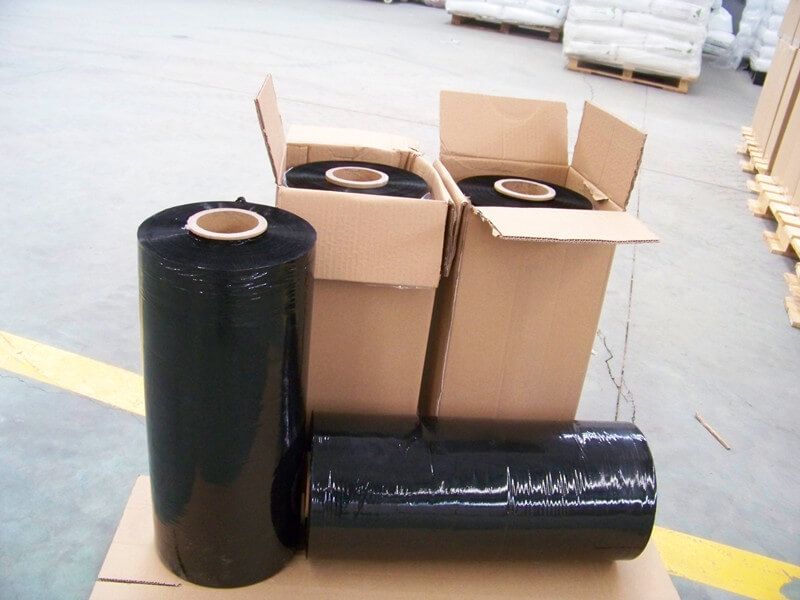Cast vs Blown Stretch Wrap
What are the Differences
The primary difference between these two types of Stretch Wrap Film is the process in which they are created and manufactured. These differences also make a big impact on the usability and price of the film.
Creation of Case Stretch Wrap
The cast process beings the same as blown, with beads of resin being fed into a heated barrel and being forced through a narrow slotted die. This ‘sheet’ of film the die produced is then fed along a rolling path that has been cooled, which solidifies the film. It is then brought through the final stages of production and made into large rolls. This method is much faster than the blown extrusion method and also costs less, as more can be produced per man-hour. Machine stretch wrap is the most common type of film produced by this method.

Creation of Blown Stretch Wrap
Beads of resin are fed through a heated machine that has a circular die. The heated resin is forced through the die and then blown out vertically into a bubble. As this formed bubble finishes the process of being transformed into rolls of stretch film, it is cooled by the surrounding air. This type of film generally costs more to make because the output per hour is less than with cast films. Our blown hand stretch film is a common example of this type of film. It has a much higher rating than our cast hand film for holding power and puncture resistance.

